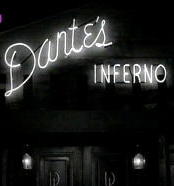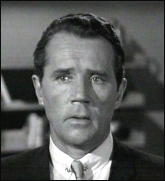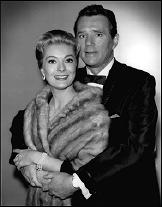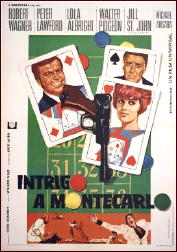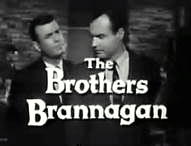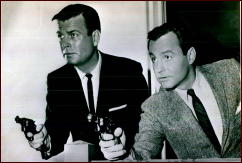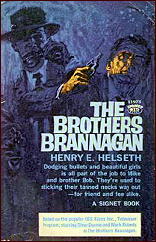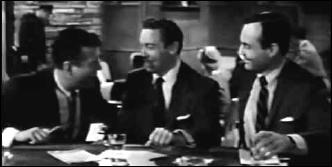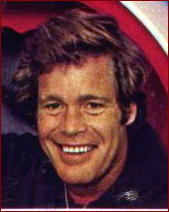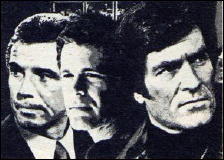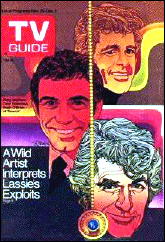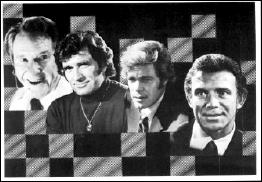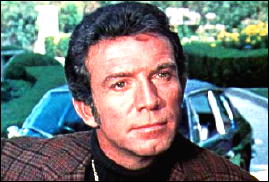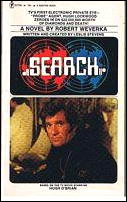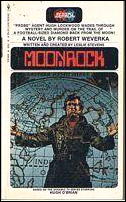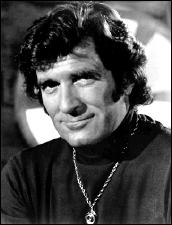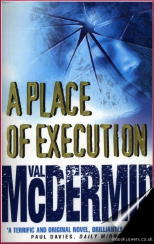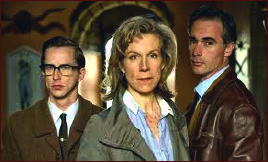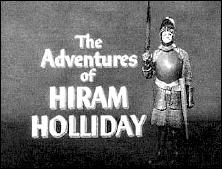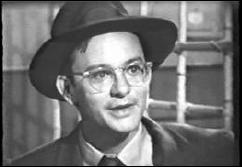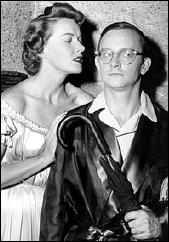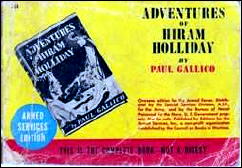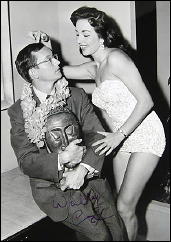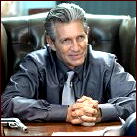Fri 10 May 2013
MAKE A LIST: YOUR PERFECT DAY PRIME TIME SCHEDULE – MYSTERY by Michael Shonk
Posted by Steve under TV mysteries[52] Comments
by Michael Shonk
The question reportedly began at TVGuide.com. If you could program one night of prime time using any television series you wish, what would your schedule look like?
For this “make a list†post I am more interested in opinions than who is correct. The question is an impossible one to answer for reasons beyond the obvious. A prime time schedule is more than just scheduling the best programs. But we can still have fun. There is only one rule. You are limited to three hours.
Below I have three different schedules using only mystery series (for those who wish to play, a mystery series is whatever you say is a mystery series). Feel free to make your own lists and post them in comments. Be nice to others but feel free to say whatever you please about my “perfect†schedules. My schedules feature “Forgotten Mysteries,†“Today’s Mysteries,†and “All Time Mysteries.†Some suggestions for other schedules include traditional, hardboiled, crime, thrillers, noir, PIs, cops, comedies, docudramas, and mysteries with actors named Fred; whatever you want.
FORGOTTEN TELEVISION
My favorite. TV mysteries no one remembers and few ever watched.
8 to 9pm: DELPHI BUREAU
ABC, 1972-73 – https://mysteryfile.com/blog/?p=13963
9 to 9:30pm: T.H.E. CAT
NBC, 1966-67 – https://mysteryfile.com/blog/?p=11133
9:30 to 10pm: DANTE
NBC, 1960-61 – https://mysteryfile.com/blog/?p=21369
10 to 10:30pm EYES
ABC, 2005 –
https://www.youtube.com/watch?v=Vf0mgwbnC0s
Judd Risk Management was a gadget happy PI agency run by a man with the morals of Sam Spade and the looks of Tim Daly. Cases were rarely standard TV plots and the twists actually surprised. In one case they were hired to find the client’s kidnapped mistress before the wife found out.
SPOILER: An example of the series’ typical clever twists occurred in the kidnap episode. They convince the kidnapper to turn over the girl by giving him the money he wanted, plus they volunteered to forge a passport and give him a plane ticket to escape the country. What they didn’t tell the kidnapper was his new ID was for a Most Wanted terrorist on the no fly list.
Series that almost made my schedule: RAINES (https://mysteryfile.com/blog/?p=7791) I prefer the fun of EYES instead of the depressing endings of RAINES.
TODAY’S TELEVISION
The 2012-13 season has featured over seventy five different mystery series including CASTLE (ABC), NCIS (CBS), BONES (FOX), THE AMERICANS (FX), HANNIBAL (NBC), NIKITA (CW), WHITE COLLAR (USA), SOUTHLAND (TNT), CONTINUUM (SYFY) RIPPER STREET (BBCA), MASTERPIECE MYSTERY (PBS), BOARDWALK EMPIRE (HBO), HOMELAND (Showtime), STRIKE BACK (Cinemax), BOSS (Starz), THORNE (Encore), HOUSE OF CARDS (Netflix), ROGUE (DirecTV), RECTIFY (Sundance), and BRAQUO (Hulu). There should be enough good mysteries for everyone to find three hours worth watching.
8 to 9pm: ZERO HOUR
ABC, 2013, returning in June to “burn†off the remaining 10 episodes –
Yes, there are better series than this personal guilty pleasure, but none of them hooked me like this train wreck. Publisher of a skeptic magazine with unlimited funds, Hank has to weekly choose between trying to save his kidnapped wife or the world. From Christian mystics hiding a map in twelve clocks to the “new apostle Thomas†being an old woman who hasn’t sat down for seventy years, from a mysterious Nazi baby to the hero finding a dead Nazi on a WWII Nazi sub at the North Pole who is his exact double, this series is non-stop weird with lol over the top mysteries.
9 to 10pm:PERSON OF INTEREST
CBS, Thursday at 9pm – http://www.cbs.com/shows/person_of_interest
https://www.youtube.com/watch?v=rvpYO8ldP-0
The Reese’s Peanut Butter Cup of all TV series, PERSON OF INTEREST combines the popularity of procedural episodic TV mystery with one of TV’s best ever conspiracy arcs. Every episode features our heroes trying to save or stop a person of interest from some crime that had not yet happened. That mystery is self-contained in one episode, however the good guys are also dealing with a mysterious complex conspiracy, and a growing number of recurring villains with a variety of evil ambitions.
10 to 11PM: JUSTIFIED FX, Will return for season five TBA. http://www.fxnetworks.com/justified
Each of the prior four seasons have featured its own storyline involving Elmore Leonard’s character Rayland Givens, Federal Marshall in Harlan County, Kentucky. Adapted with Leonard’s style, the series is blessed with great stories and characters as well as some of the best writers, actors, directors, producers, and probably even craft services in television today.
Series that almost made my schedule: MASTERPIECE MYSTERY (PBS via England) has been a must see for mystery fans, especially traditional mystery fans for decades, but there was no room left on the schedule for the ninety minute program.
ALL TIME MYSTERY
There is too much choice to ever settle on one final schedule of three hours, but this will do until I change my mind again. Lists we create can often reveal secrets about ourselves. I am a sucker for characters that interest and entertain me. Maybe it’s the writer in me, but I fall easily for any show that can surprises me or just tries to do something different. Style plays an important role, with my favorite style being the cool and confident hero of the 60s/70s with wit and a nice jazz soundtrack.
8 to 8:30pm: T.H.E. CAT
(See Forgotten Television)
8:30 to10pm: BANACEK
NBC – 1972-74 –
TV’s most underrated series is too often overlooked in a sea of longer running great mystery series from the 70s. But this is one of the rare series I could enjoy on an infinite loop, George Peppard’s cool confident role model, the wit of the dialog, the appeal of the characters, and the fair play mysteries. Yes, it was formulaic, but it’s a formula I never tire watching.
10 to 11pm: JUSTIFIED
(See Today’s Television)
Series that almost made my schedule: DELPHI BUREAU and DANTE are more examples of my fondness of style and characters. Series such as EYES, RAINES, and PERSON OF INTEREST all have characters I find interesting, and the series are also risk takers, shows that try new approaches to telling the TV mystery.
